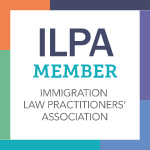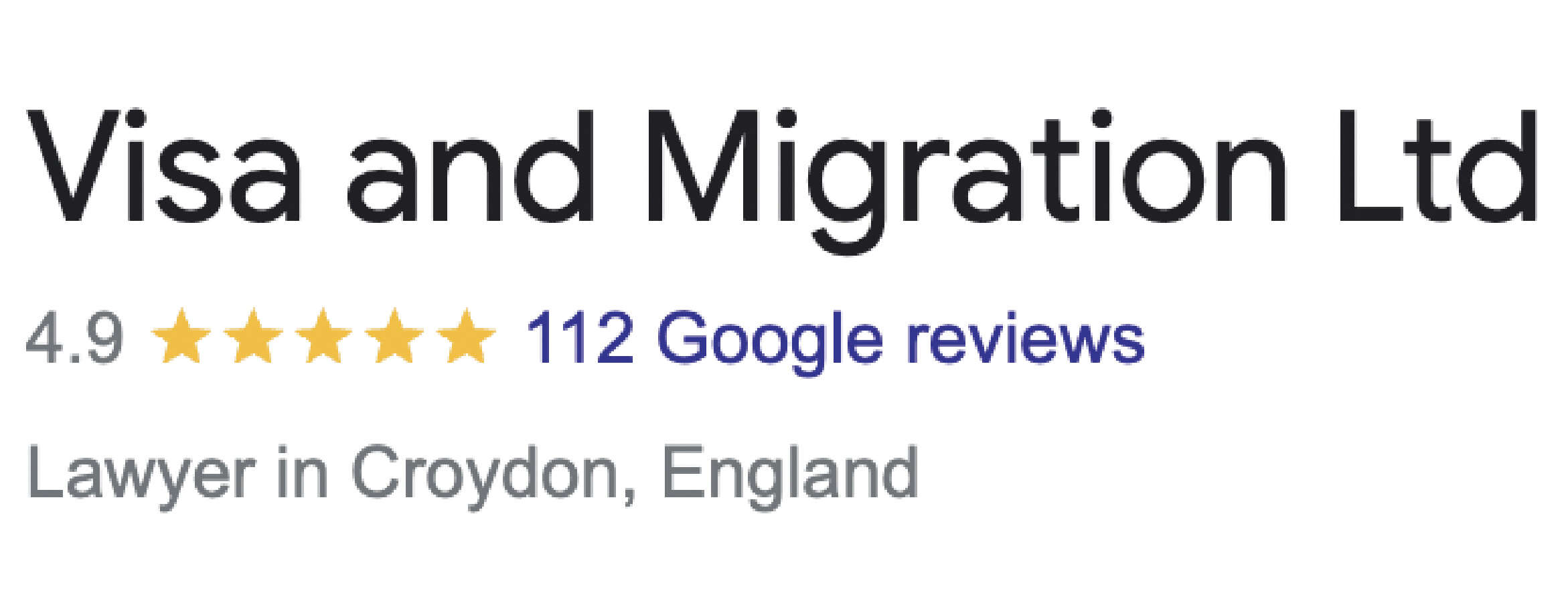
The applications to extend stay under discretionary leave to remain after 9th July 2012 fall under the transitional arrangements. Discretionary Leave (DL) technically does not exist for new applications on or after 9th July 2012, as they are generally considered for leave outside rules, Appendix FM rules or on the grounds of Article 8 and the applicant is given leave to remain for 30 months, which leads to settlement after you have completed 10 years in the UK with no recourse to public funds. In some cases, if you show destitution or that the welfare of a child requires recourse to public funds you may be granted access to public funds. With Discretionary Leave before 9th July 2012, you can apply for Indefinite Leave after 6 years and are allowed to have recourse to public funds. So, with Discretionary Leave, you have a quicker route to settlement and can receive benefits (if required). However, it is important that there is no significant change in the applicant’s circumstances on the basis of which he or she has been granted discretionary leave to remain. If there is a significant change to the circumstances then the Home Office will consider the new circumstances and may grant you leave to remain under the 10-year route to settlement under the new rules after 9th July 2012. The stated aim of the Discretionary Leave policy is ‘to use Discretionary Leave sparingly’. Section 10 of the Discretionary Leave Policy is important as it states ‘Decision makers must consider whether the circumstances prevailing at the time of the original grant of leave continue at the date of the decision. If the circumstances remain the same, a further period of 3 years DL should normally be granted. If there have been significant changes the application for further leave should be refused.’ Under the rules after 9th July 2012, it appears that the consideration of the application is generally carried out on a step-by-step approach. The first step is seeing if the applicant meets the criteria of paragraph 276ADE of the Immigration Rules. If not, then the next step is to see whether section EX1 or EX 2 of the Appendix FM of the Immigration Rules apply to the applicant's case;




